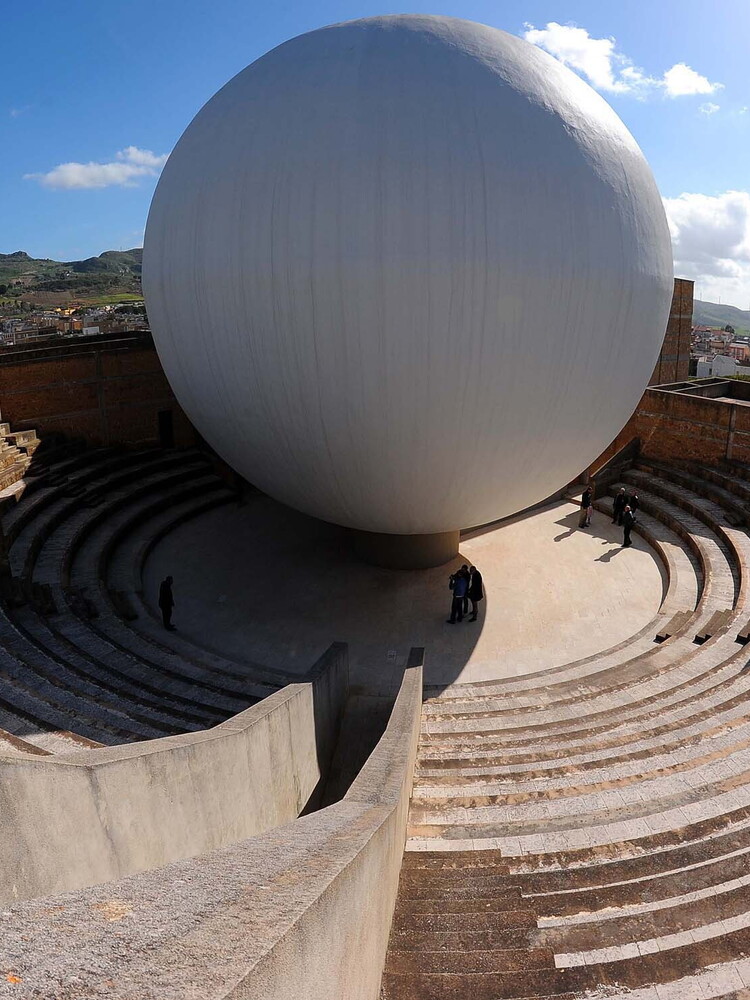\Sicily “accepts and receives modernity, because Sicily is virgin territory. The farmers of Gibellina, when with a certain irony the so-called cultured tourists asked them what they understood about this art, these works, they replied that no, they didn’t understand, they didn’t have the tools, but they felt a profound, enchanting emotion. It is the same process that the child experiences when faced withcontemporary art: excites his imagination, especially freedom of imagination”: think about Gibellina, reborn from the rubble and today awarded as Capital of Culture contemporary 2026, means reconnecting it to the words (Collected by Renato Quaglia in a ‘Conversation’ for the publisher Navarra and then for ‘The museum of Mediterranean textures, a catalog raisonné’ Cricd Palermo) of an extraordinary Sicilian of European culture: Ludovico Corrao.
Christian Democrat lawyer, Milazzo supporter, then independent on the PCI lists and finally joining the PDS but rejected by the Ulivo in the 2001 elections, Corrao was above all, and for a long time, the mayor who immediately after the terrible earthquake that destroyed Belice in 1968 called to gathered in that city some of the most important exponents of contemporary art to give life and concreteness to what has been defined as the “Gibellina Utopia”.
AND his daughter Francesca to tell for the catalog of the Museum of Mediterranean Plots what happened in the lawyer who he had defended Franca Violathe first Italian woman to refuse the shotgun marriage, and the victims of the mafia: “My father takes us away from Palermo at night, and we run away with our friend the director Pietro Carriglio and his sister Paola. Once we arrived in Camporeale we discovered that the epicenter was right in Belice; my father leaves us to reach Gibellina. After a month of precariousness in the country house, with the spread of meningitis, we go to Rome, guests of Guttuso. Corrao remained with the earthquake victims for months among the rubble, reliving the drama of the war, and the event transformed his life radically.
The center of all his interests had become the reconstruction of the town, an epochal event in the history of the area. The political class was unprepared and distracted, while Corrao was frenetic, organizing marches and dragging a large group of earthquake victims to Rome, even buying ties for everyone to let them enter en masse to claim their rights in Parliament. After years of battles he finally obtained the financial support and support necessary to ensure that the town had a new location, close to the motorway and the railway, in an enclave between Salemi and Santa Ninfa”.
The earthquake also brought havoc to his conception of life and influenced his vision of the world, so much so that his sensitivity for the harmonious forms of figurative artists was accompanied by the strength of a new creativity, built on decomposition and abstraction. Corrao meets and begins to frequent Pietro Consagra, Carla Accardi, Antonio Sanfilippo, Giulio Turcato, Piero D’Orazio, Achille Perilli and Ugo Attardi. A collaboration begins with them which contributes to enriching the artistic heritage of the city of Gibellina. From the beginning the rebirth project arose under the auspices of the artists, and Corrao sought in particular the collaboration of Consagra, and commissioned the mother church from Ludovico Quaroni”.
Since then, the Star of Gibellina, the Cretto by Burri and other works and exhibitions, such as the Orestiadi, have been the point of reference for a Sicily that does not give up, but rather transforms the center of the Mediterranean into the center of Modernity: “This – said Corrao to Quaglia – it is Sicily. It has always been like this in its history, in every disaster it has always tried to regenerate itself through the beauty of that time, not by recreating copies of the past, but by reading the seeds of the future in its past, because every the past contains the seeds of the future, because art is such in that it projects forward, not in that it closes in on itself. Those who do not understand Consagra have not understood all ancient art in Sicily never understood Raphael and Giotto”.
